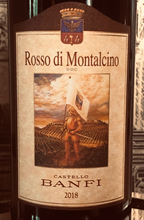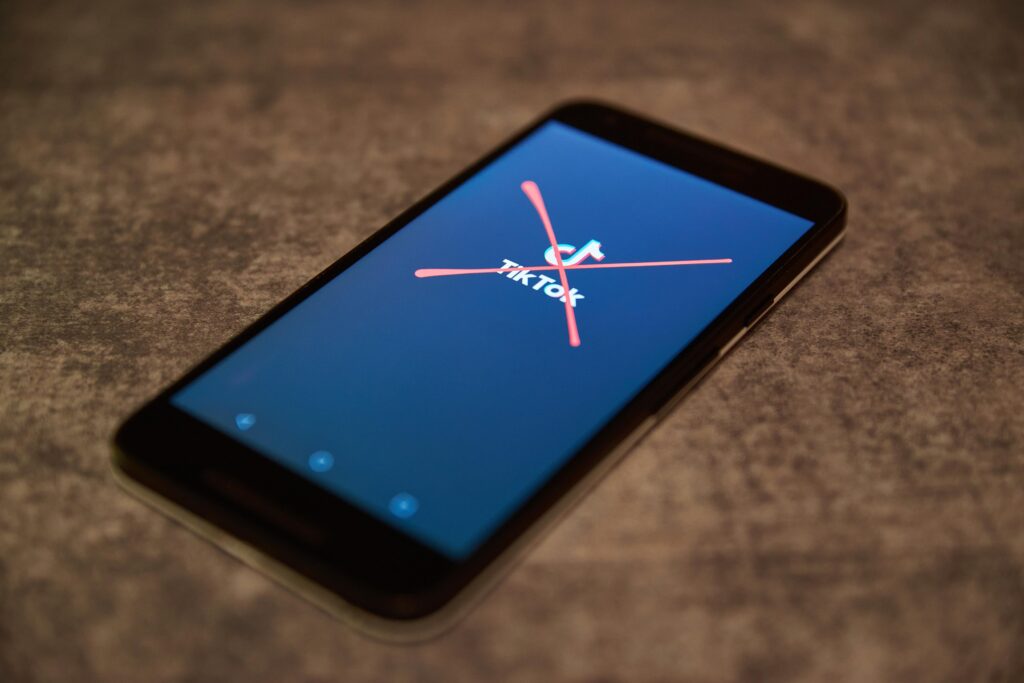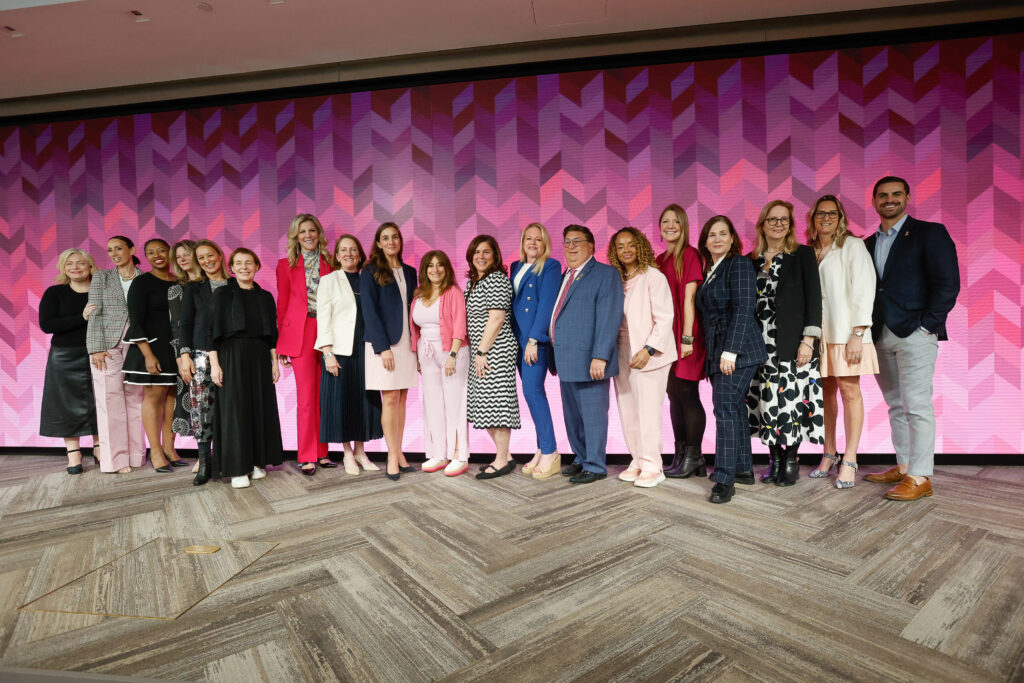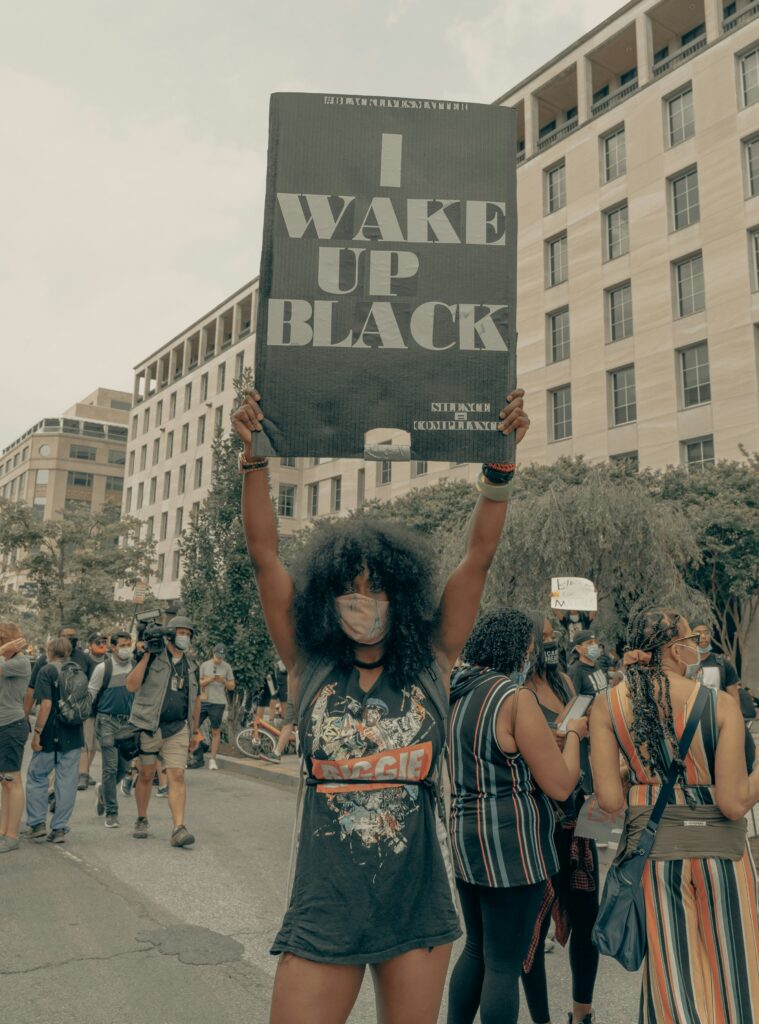– Eric Koehler
When most Americans think about wine, the countries that most likely come to mind initially are the U.S. and France, since there is such a high level of prestige (and high prices) surrounding certain producers in regions like Napa, Bordeaux and Burgundy. Fewer of them realize that Italy not only holds the position of the largest producer of wine worldwide every year, but it also boasts many top-notch winemakers that offset its image as the origin of the cheap, straw-covered Chianti bottle on the shelf in a pizza joint.
With so much wine being produced, it’s hard to sort through all the options. Prestige wines in Italy are more affordable by comparison to the aforementioned countries, but, as with any of them, it does take some homework to learn how to organize them mentally. For me, the easiest framework to remember the “best” (admittedly subjective) regions is via the mnemonic ABBB: Amarone, Barolo, Barbaresco and Brunello. While fantastic options show up in nearly every region, these four have emerged as areas that have developed the biggest following, available at a wide variety of price points.
A short summary can also provide the fundamental differences. Amarone is made from blends, mostly of the Corvina grape, and is located in the Valpolicella wine region near Verona in the northwest Veneto, and its grapes have been air-dried before pressing. Nebbiolo is the ingredient in Barolo and Barbaresco, in the Piedmont region south of Turin in the hills above the town of Alba, equally famous for its truffles and hazelnut production. Brunello di Montalcino is self-referential: Brunello is the Italian name for the Sangiovese grape and is grown in the area surrounding the Tuscan hill town of Montalcino.
Amarone
Special Occasions:
Quintarelli Amarone della Valpolicella
A friend who lives nearby was able to get us into a tasting at this maker. While not especially affordable, it’s essential to know about, as the house deserves a great deal of credit for improving the production quality and reputation of Amarone.
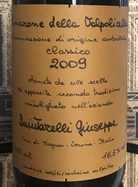
Quintarelli Valpolicella
A more reasonable option and worth trying from this maker and others. Quintarelli is also known for the distinctive penmanship that endures on the (until recently) handwritten labels. Another interesting version of this worth trying is Valpolicella Ripasso.
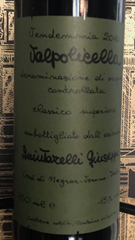
Barolo
The Barolo region is named for one of the 11 villages located within it. I have found the Nebbiolo grape drinks easier with a few years under its belt. When young, it can carry a botanical undertone that dissipates with age. It is also the bigger-bodied sibling to Barbaresco.
Special:
Pira Barolo Serralunga
One of my fondest memories is sitting with Luigi Pira in his rubber boots on the terrace, trying an upcoming release in a bottle labeled with a Post-it note. While consumers of these wines can be pretentious, the area’s producers are anything but. Barolo is also designated down to the plot in the region it came from. In this case, it’s Serralunga, which has become my go-to.
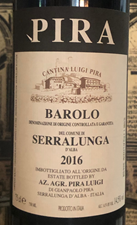
Everyday:
Azelia Bricco dell’Oriolo Dolcetto d’Alba
Although a different grape, this wine is made by a well-known Barolo producer that is also on my list of favorites. The son of the maker, Lorenzo, a colorful character, is the face of the company and is constantly traveling around the globe, which you can follow on Instagram.
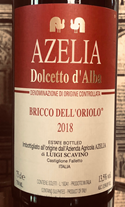
Barbaresco
Barbaresco comprises four villages and like Barolo, carries the name of one of them. By comparison, these tend to be more refined and subtler than the bolder Barolo.
Special Occasion:
Marchesi di Gresy Martinenga
Everything this producer releases is amazing, and this one is no exception. I’ve been to tastings at this producer a couple of times, and they are generous with the pouring.
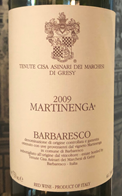
Everyday:
Produttori di Barbaresco Langhe Nebbiolo
This is produced by the cooperative rather than an individual producer and has a surprising amount of depth for a more affordable bottle.
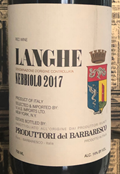
Brunello
Special Occasion:
Biondi Santi is the creator of Brunello. Controversy erupted in the early 2000s as some producers attempted to broaden the wine’s appeal around the globe by giving it a darker color akin to an American Cabernet, but this maker continues to adhere to tradition. The tastings here was more serious and probably the most technical.
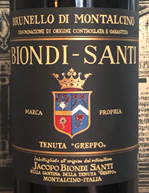
Everyday:
Rosso di Montalicino
The baby brother of Brunello, Rosso di Montalcino is released after a shorter aging period and results in a lighter wine that is nonetheless high quality and enjoyable. Banfi has the distinction of having been started by a first-generation Italian-American who returned to work in Italy and named the winery he founded for his aunt, who greatly influenced his views. The company now has properties around the globe but continues to be headquartered on Long Island. Their facility near Montalcino includes not only tasting, but also a beautiful restaurant and stunning hotel built from a restored castello and village buildings.
